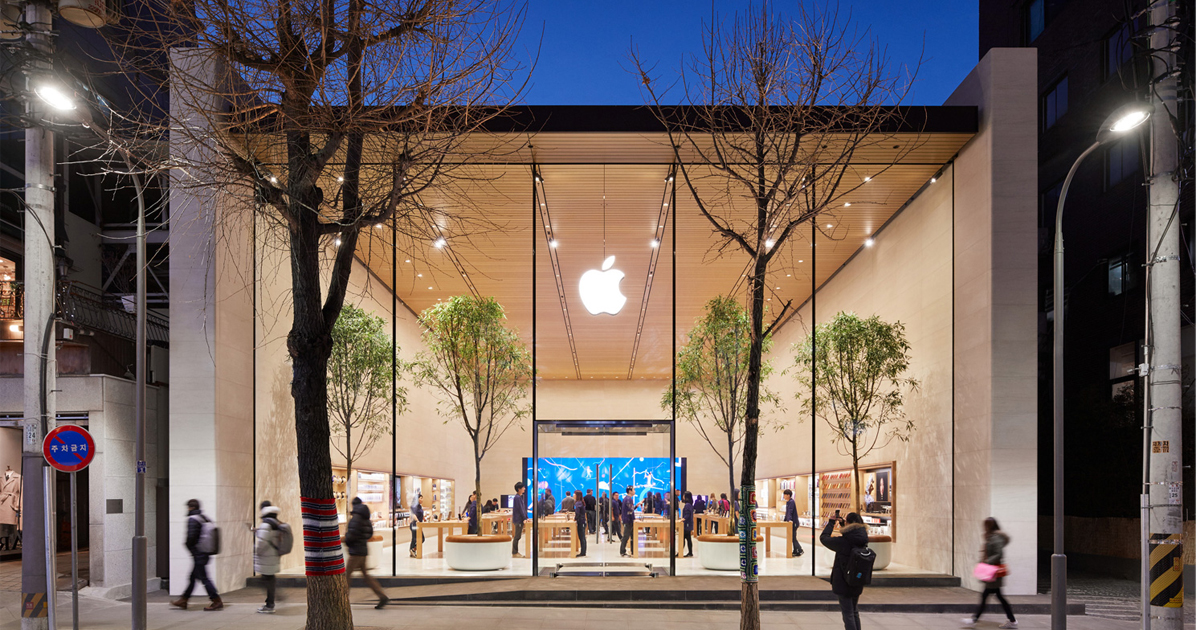The Underlying Marketing Strategy: Apple Inc.
Business

36
Apple Incorporated is the world's leading IT company. While not limited to developing hardware and software, the company pays tremendous attention to shaping the company’s value, perception, and image. Which would increase traffic, thus increasing revenue. It is crucial to note that all the steps taken by Apple are closely tied to increasing revenue–which is the primary goal of all companies. During the Steve Jobs era, Apple focused on enhancing user experience by paying attention to the packaging material and the aesthetics of their products–so much that they would compromise performance. These actions were all taken to fluctuate the demand so the company would gain a "premium" image.
Now, under Tim Cook, the company undergoes major changes by releasing many variants of the same product at overlapping price points. Which influences the consumers to purchase the more expensive products. This is best reflected in Apple's iPad lineup. There are four variants of the iPad: the iPad, the iPad Mini, the iPad Air, and the iPad Pro–listed from the cheapest to the most extravagant. Due to relativity in marketing, people tend to purchase the medium option when consuming products. So, when there are only two options, one cheap and one expensive, it is difficult to anticipate which one would be better-selling than the other. However, when there are three or four options available, people are more likely to choose the middle option, as they do not want to be at the ends of the poles. Dan Ariely introduced an example in his novel Predictably Irrational regarding television marketing. When there are three televisions, each priced at $690, $850, and $1480, people tend to purchase the $850 product. Even though the other two products may be better values than $850.
Apple applies this psychological trend by placing $500 and $600 iPads in the mid-range. Their iPad Pros, which adapt their latest cutting-edge technology, are not intended to maximize their sales. It serves the purpose of paving the way for increasing sales in the mid-range. Additionally, they use the Pro lineup to include all their latest technological achievements–since the company has to demonstrate their level of technology despite whether or not customers truly desire it.
Apple is trying to dissolve the barrier separating the iPad and the Mac, as evident from their iPad slogans from past years: "Your next computer is not a computer." While there may be debates arising regarding this topic, looking at their prices, the iPad and the Mac are in close proximity in price. When configuring the 12.9" iPad Pro with its keyboard, the cheapest configuration costs $1400, while the MacBook Pro is priced at $1300. This would result in a debate among consumers regarding which product to purchase. While the two products are from different domains, they both contribute to Apple's revenue and, again, the company’s objectives.
Another step Apple is taking is to increase inter-competition among their products, as Apple aims to create a consumer community where hesitating customers ultimately buy Apple products, just not sure which to choose. This intention is reflected in their continuity theme since the Steve Jobs era. Jobs emphasized how different Apple products had to be seamlessly integrated as a whole, which has continued into 2022. Apple recently introduced its credit card, securing users more tightly in its ecosystem and making it harder for consumers to move on. Consumers' dependence on Apple has significantly increased, and they serve essential parts of humans’ daily lives.
It is inevitable that companies strive for more sales and revenue, while consumers seek a more reasonably priced product. This creates an equilibrium, a point of contact through which transactions are made. In other words, when a consumer purchases a product, that equilibrium is reached–the consumer compromises their objectives in exchange for a product. Like a spider web, the company uses countless strategies to persuade the masses to keep using it. Not only the ones discussed in this article but many more that people still don’t know about. While confidential information is confidential, it is logical to analyze Apple's strategies–for better or worse.
2022/10/22

Share
Gyumin Kim
Business

Robinson Review Favorites
Songi Chai, Yubin Cho, Seohyun Jang..
Trending on Robinson Review
Contact Us





